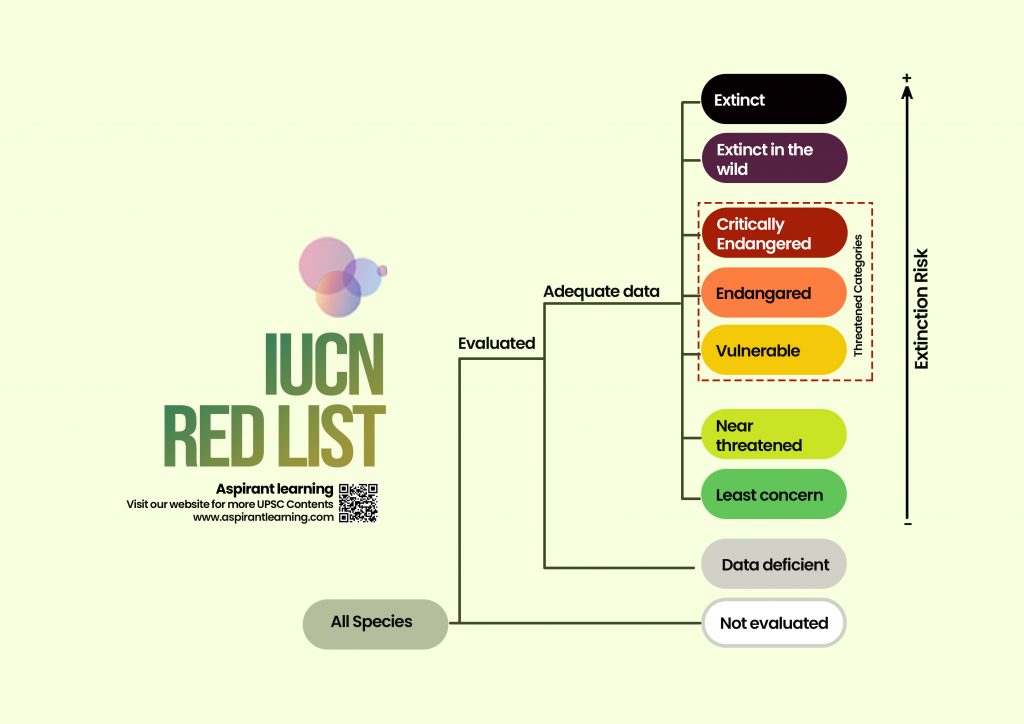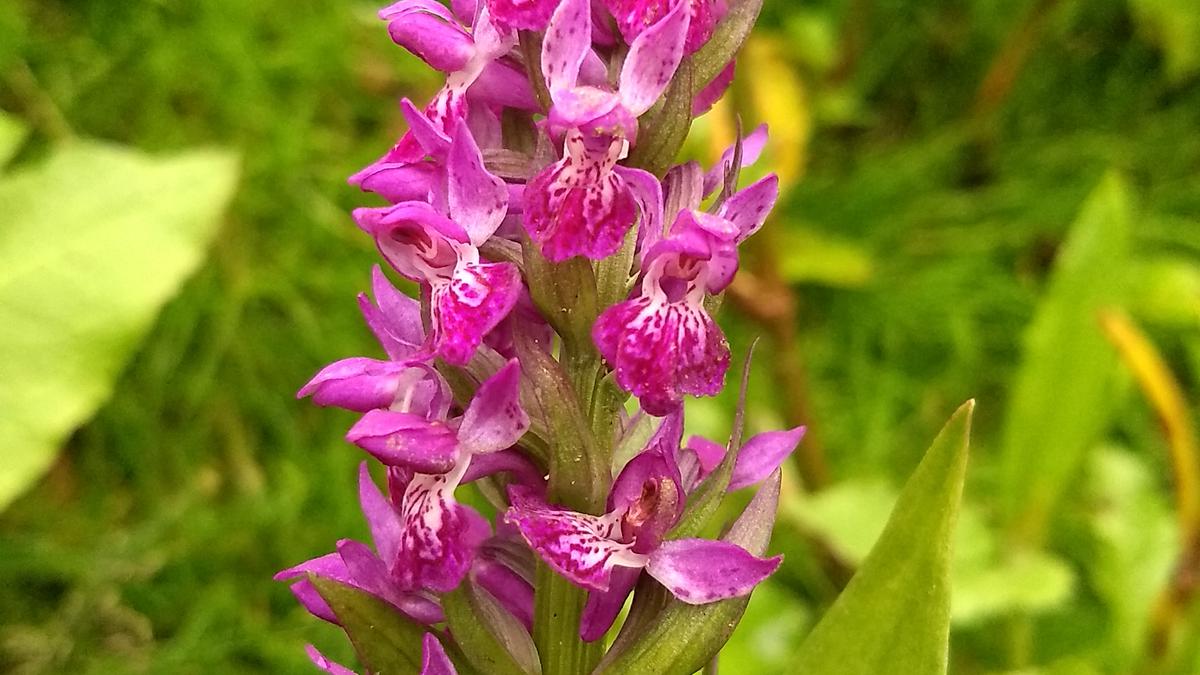News Highlight
Three medicinal plant species found in the Himalayas have made it to the IUCN Red List of Threatened Species following a recent assessment.
Key Takeaway
- Meizotropis pellita has been assessed as ‘critically endangered’, Fritillaria cirrhosa as ‘vulnerable’, and Dactylorhiza hatagirea as ‘endangered’.
Himalayan medical plants
- Meizotropis Pellita
- Meizotropis pellita, commonly known as Patwa, is a perennial shrub with a restricted distribution that is endemic to Uttarakhand.
- It may become extinct from existing forests if sufficient natural regeneration and conservation measures are not implemented.
- It has been assessed as a critically endangered species.
- The species is threatened by deforestation, habitat fragmentation and forest fires.
- The essential oil extracted from the leaves of the species possesses potent antioxidants.
- Fritillaria cirrhosa
- Fritillaria cirrhosa (Himalayan Fritillary) is a perennial bulbous herb found in the Himalayas.
- These species were assessed as vulnerable in IUCN.
- Leaves are linear to linear- lance-shaped, 4-12 cm long, 3-5 mm wide, with the tip often curved or coiled.
- Yellow Himalayan Fritillary is found in alpine thickets, meadows, flood lands and moist places in the Himalayas.
- The bulb is supposedly antiasthmatic, antirheumatic, febrifuge, galactagogue, haemostatic, ophthalmic and oxytocic.
- Dactylorhiza hatagirea
- Dactylorhiza hatagirea is a species of orchid generally found growing in the Himalayas.
- These species were assessed as endangered.
- The flowers were purple, the bracts green, narrowly lance-shaped, and the lower bracts longer than the flowers and slightly shorter.
- The propagation materials are seeds and tuber cuttings.
IUCN Red List
- The International Union for Conservation of Nature
- The IUCN is a membership organisation that is made up of both government and civil society organisations.
- t was founded in 1948 and is the world’s authority on the state of the natural world and the measures required to protect it.
- Its headquarters are located in Switzerland.
- The IUCN Red List of Threatened Species
- It is a comprehensive global inventory of plant and animal conservation status.
- It assesses the extinction risk of species using a set of quantitative criteria.
- The IUCN Red List Categories define the extinction risk of the species under consideration.
- Nine categories extend from NE (Not Evaluated) to EX (Extinct).
- Critically Endangered (CR), Endangered (EN) and Vulnerable (VU) species are considered to be threatened with extinction.
- Utility of the Red List
- It highlights the ongoing decline of Earth’s biodiversity and humans’ impact on life.
- It provides a globally recognised standard for measuring the conservation status of species over time.
- Scientists can examine how the percentage of species in a given category changes over time.
- They can also investigate the threats and conservation measures at the root of the observed trends.

Pic Courtesy: The Hindu
Content Source: The Hindu



